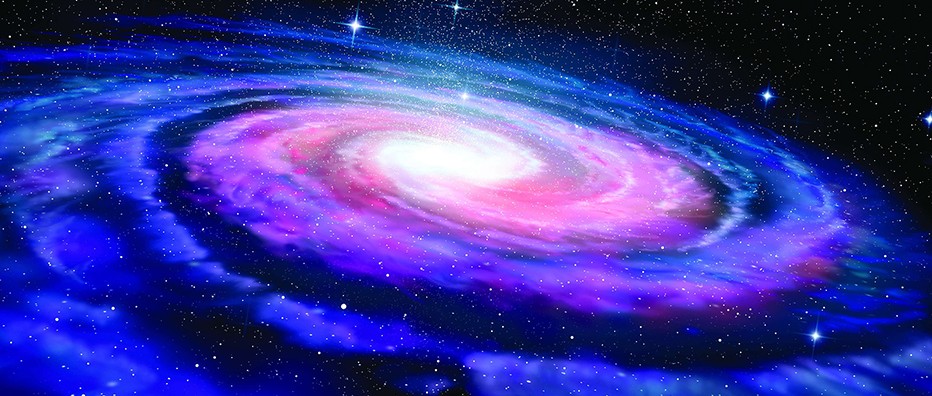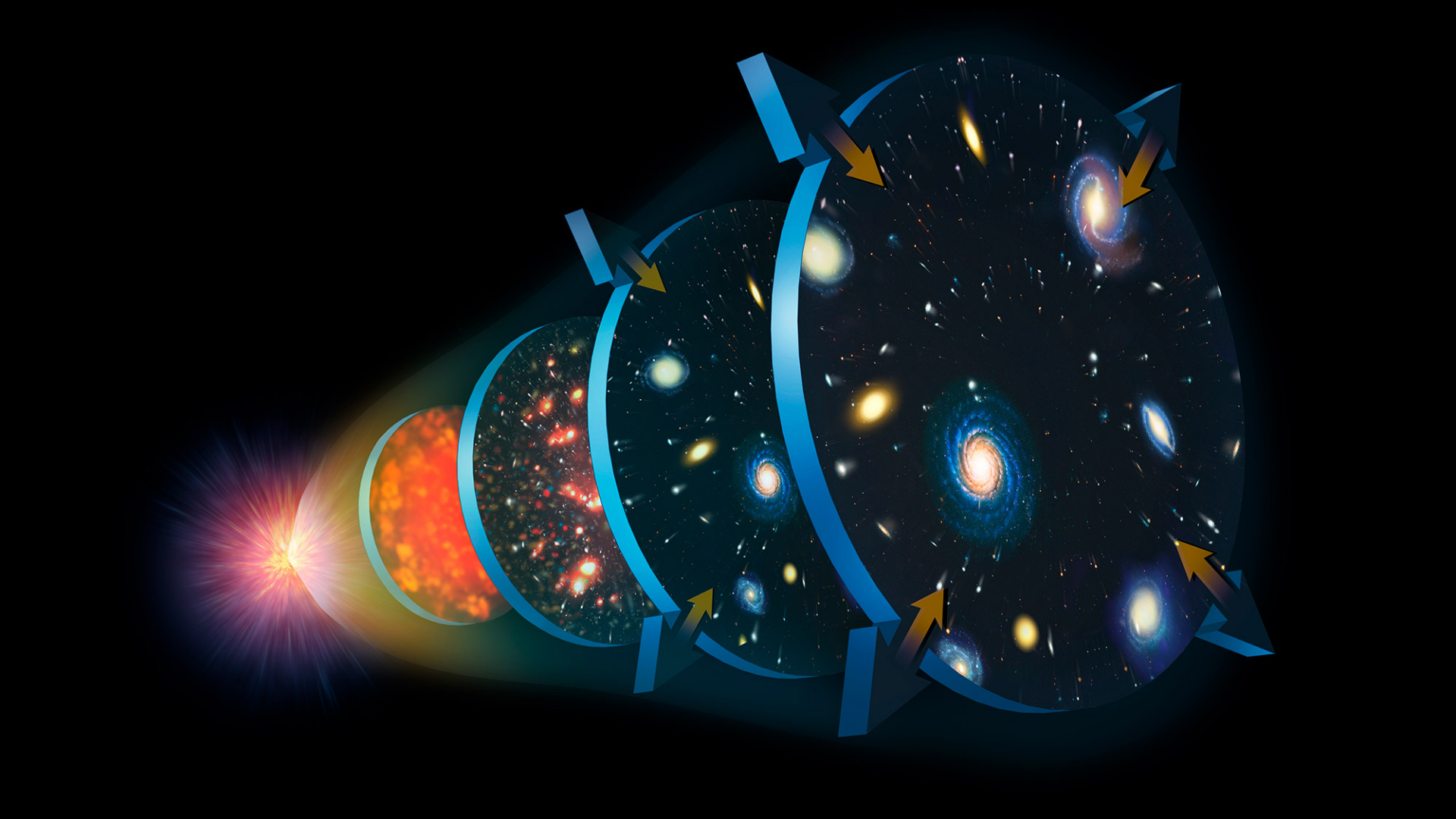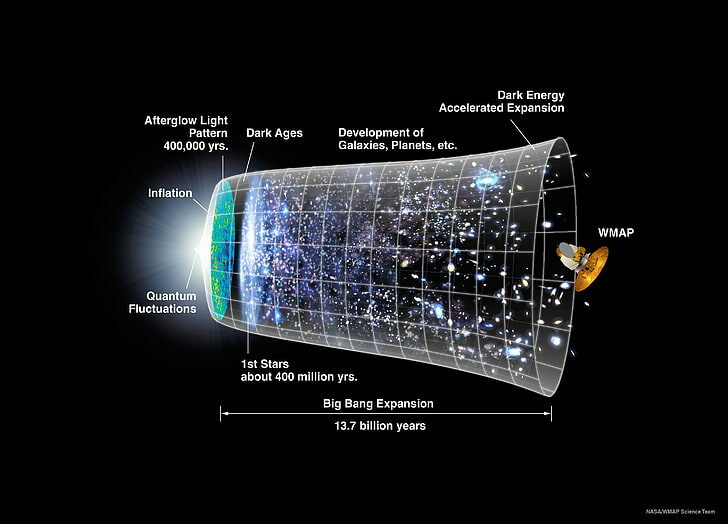Have you ever wondered what it would be like to go into outer space? But not to stay in Earth’s near-Earth orbit, but to continue the flight further and further? What would we face there? Roughly speaking, after overcoming the Karman line — the conditional boundary of outer space — in fact, we find ourselves almost in the void. And this space is the main mystery. Is the Universe finite and can it ever “die” — or is it infinite and will exist forever?

Planets, stars and galaxies
At the beginning of your journey through space, you may notice some familiar sights. The Earth is part of a group of planets that orbit the Sun. The Solar System also includes asteroids and comets.
The sun is the closest star to us. But it will take a very long time to get to the next nearest star — Alpha Centauri C, located at a distance of 4.22 light years. Even the fastest NASA spacecraft will cover this distance in at least 50 thousand years.

According to scientists, there are about 200 billion stars in our Milky Way galaxy. And most of them have planets. According to statistics, a small percentage of these planets may well be habitable.
Gigantic distances
The vast distances between the stars will seem tiny to you if you have to travel between galaxies. And this distance between them is the most empty space. The density of matter in these regions is so small that there can be no more than 1-2 hydrogen atoms per cubic decimeter. There are also hypothetical dark matter particles in the intergalactic environment.
#Space Facts ???? pic.twitter.com/7DoegYO3SM
— Spacexx (@ineed__spacee) February 15, 2022
Scientists have even recently discovered the super void of Eridani, which is not just empty, but also the coldest place in the Universe.
Law of expansion of the Universe
To make it seem not enough, astronomer Edwin Hubble discovered in the 1920s that the distance between galaxies was steadily increasing. Later it was found that this happened with acceleration: the greater the distance, the higher the speed of movement. The law of expansion of the Universe was named after its discoverer.

The expansion of the Universe is still a mystery for cosmology. If we had observed it long enough, for billions of years, we would have noticed that a new space was gradually being added between all the galaxies. What motivates it is unknown for sure. Scientists were only able to calculate the rate of expansion: 69-73 km/s. This process probably started after the Big Bang. Since then, the expansion has been going on continuously.
Death or eternity?
The fate of the Universe can be different. It is impossible to predict the exact future. But there are several versions:
- The expansion will go on indefinitely and part of the galaxies will become invisible.
- Over time, dark energy will tear apart all the connected structures in the Universe and destroy it.
In the first case, the infinity of space-time is considered. In the distant future (100 billion years) it will expand so much that even the galaxy closest to us will become impossible to see, since the expansion rate of the Universe will exceed the speed of light.
In the second case, the scenario of the finiteness of space-time is considered. If the Universe is finite, then the process of its expansion cannot last forever. In about 20-22 billion years, the following scenarios may occur:
- Heat death of the Universe (Big Freeze);
- Big Rip;
- Big Bounce;
- Big Crunch.

But no one knows for sure what will actually happen. Probably, the answers lie in the mysterious substances of dark matter and no less mysterious dark energy. The answers to these questions will have to be sought by scientists of the future.
According to Sci Tech Daily.
Follow us on Twitter to get the most interesting space news in time
https://twitter.com/ust_magazine

